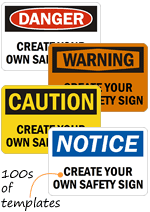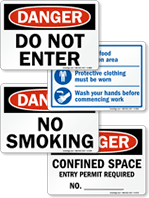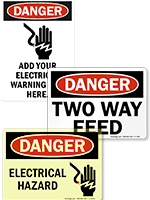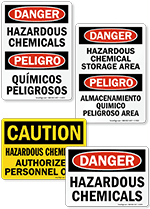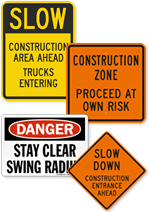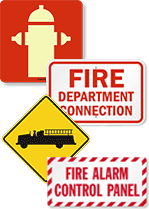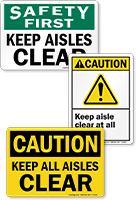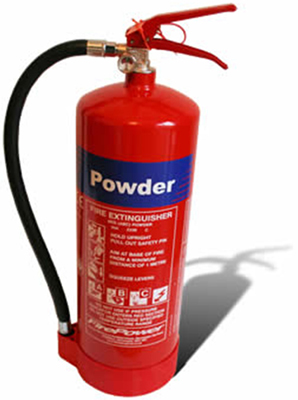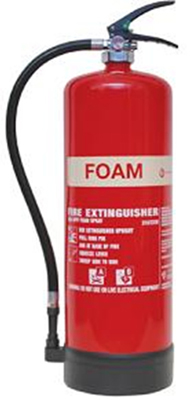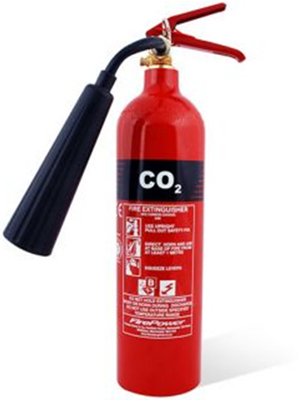Previously, extinguishers were marked with colored geometric symbols (see table below), and is still common to see some
extinguishers feature both symbols.
|
SYMBOLS & COLORS FOR EXTINGUISHER CLASSES BASED ON TYPE OF FIRE FUELS |
INTENDED FIRE EXTINGUISHER PURPOSE |
TYPE OF FIRE EXTINGUISHING AGENT(s) REQUIRED |
 |
Class A Extinguishers – For ordinary combustibles like wood, cloth, plastic, paper, rubber etc. |
Water,
Foam, Dry Chemical |
 |
Class B Extinguishers – For fires due to flammable liquids like oil, gasoline, oil-based paints,
petrol etc. |
Foam, Dry
Chemical, Carbon Dioxide |
 |
Class C Extinguishers – For fires generating from equipment or appliances connected to electricity.
|
Dry
Chemical, Carbon Dioxide |
 |
Class D Extinguishers – For flammable metal. Needs special extinguishing agents. Found typically in
factories. |
- |
 |
Class K Extinguishers – For combustible cooking oils like vegetable oils, fats, animal oils & more. In
general meant for commercial kitchens. |
Foam,
Carbon Dioxide |

